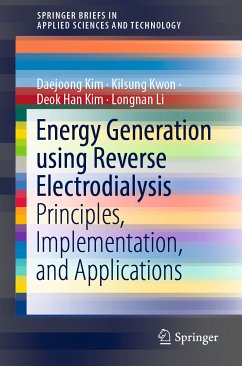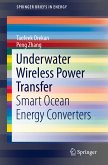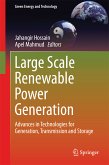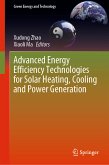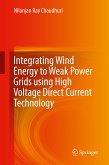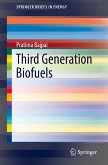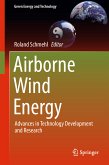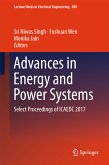Salinity gradient energy (SGE) has received significant attention recently due to the energy crisis resulting from the depletion of fossil fuels and the growth in energy demand. There are currently three methods to convert SGE into electricity: pressure retarded osmosis (PRO), reverse electrodialysis (RED), and capacitive mixing (CAPMIX). This book covers the theory and implementation of reverse electrodialysis, which uses ion exchange membranes to selectively deliver cations or anions, and its advantages over other methods, such as high reliability without any moving parts, the direct energy conversion process from chemical energy to electrical energy, and its low fouling rate. All of these have made RED an attractive option, however, there are various challenges in the route to commercialization and these are also described.
The book summarizes the research progress and current status of RED, with a final chapter considering the outlook for the future of the technology at a commercial level.
Dieser Download kann aus rechtlichen Gründen nur mit Rechnungsadresse in A, B, BG, CY, CZ, D, DK, EW, E, FIN, F, GR, HR, H, IRL, I, LT, L, LR, M, NL, PL, P, R, S, SLO, SK ausgeliefert werden.

